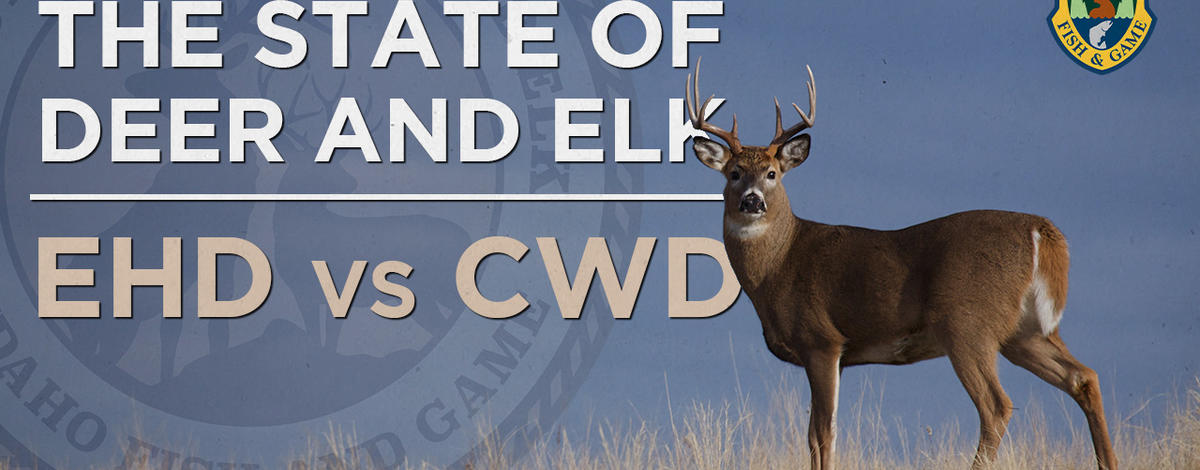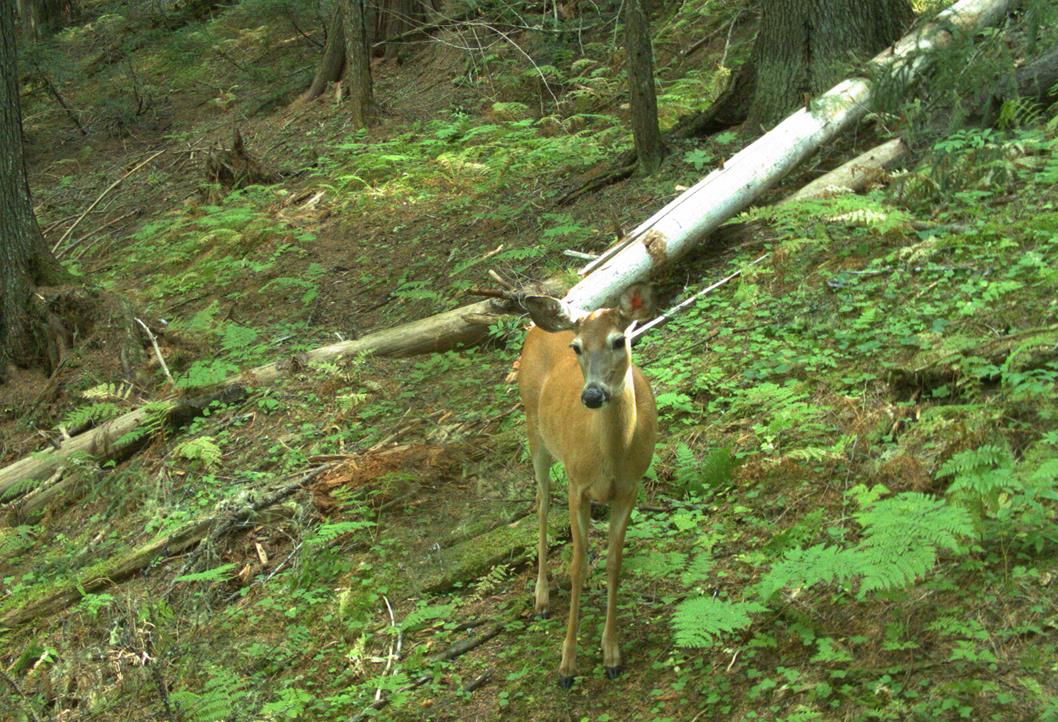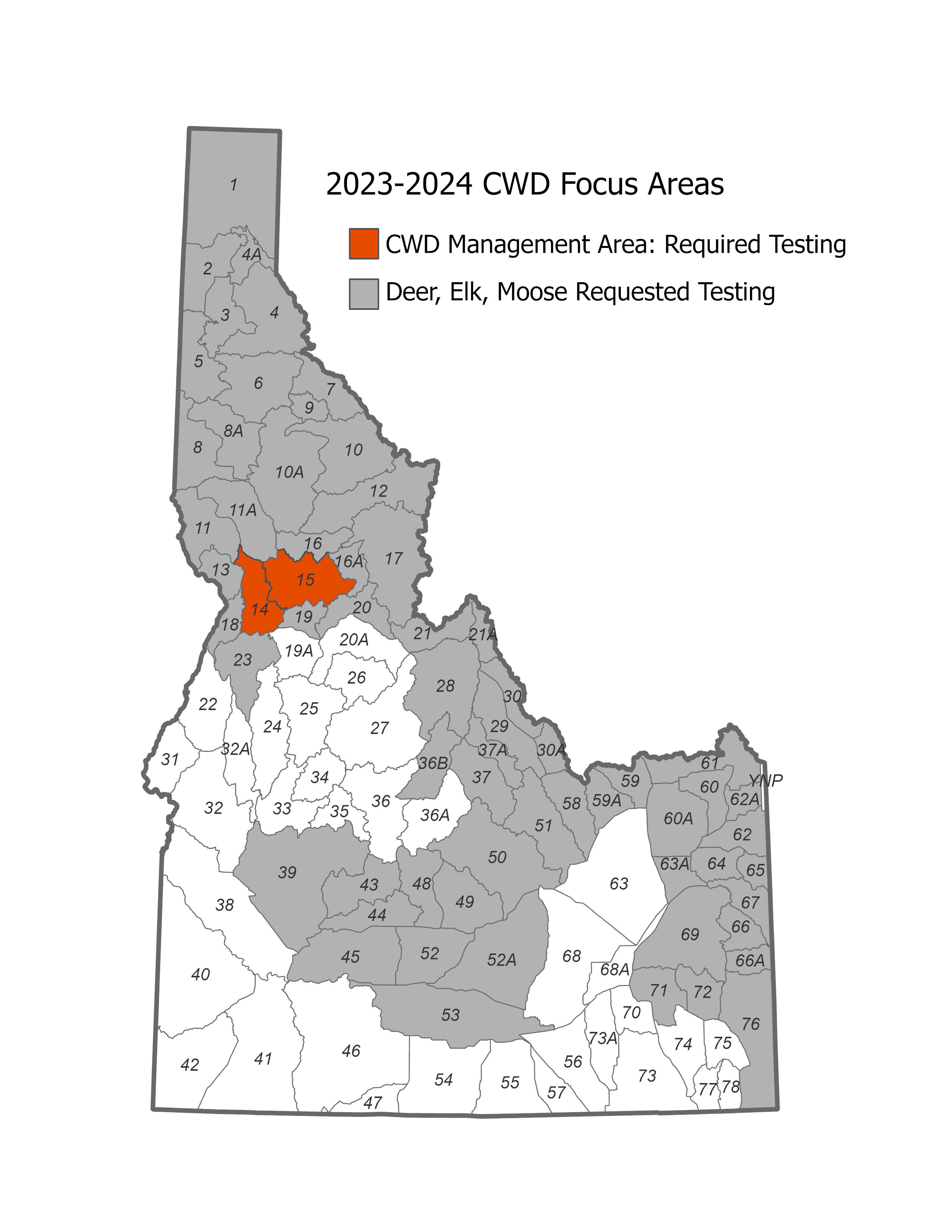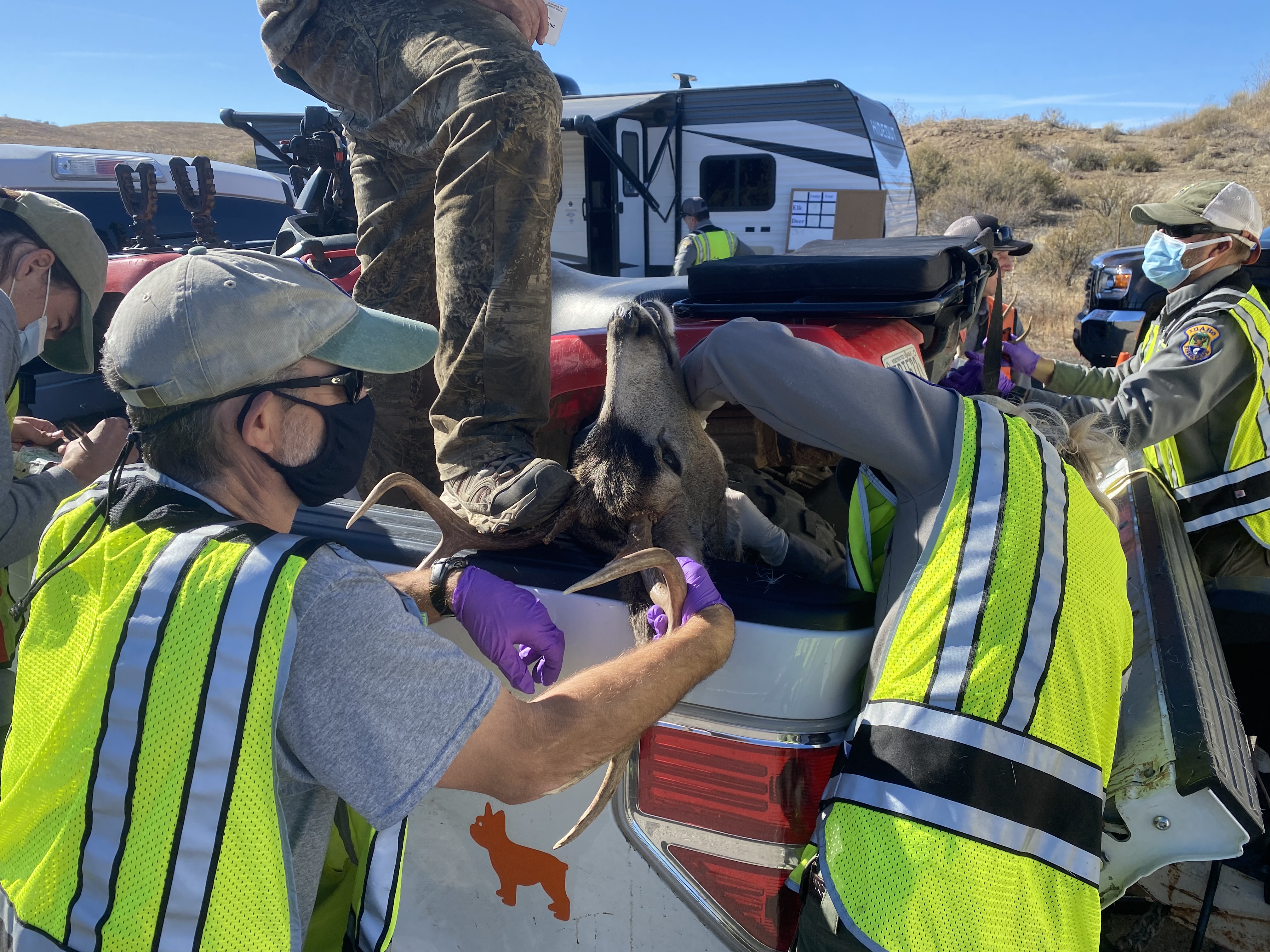It’s no secret. Epizootic hemorrhagic disease and chronic wasting disease have both reared their ugly heads in the last couple years and have impacted Idaho’s deer and elk in localized areas. While both diseases affect members of the deer family, there are some pretty significant differences between the two.
In the sixth installment of Fish and Game’s ‘State of Deer and Elk’ series, Stacey Dauwalter explains EHD and CWD and clarifies some of the misconceptions associated with each. Dauwalter is Fish and Game’s Wildlife Health Program Coordinator and has been involved in both the summer EHD outbreak in 2021 and the discovery of CWD during the fall of that same year.




